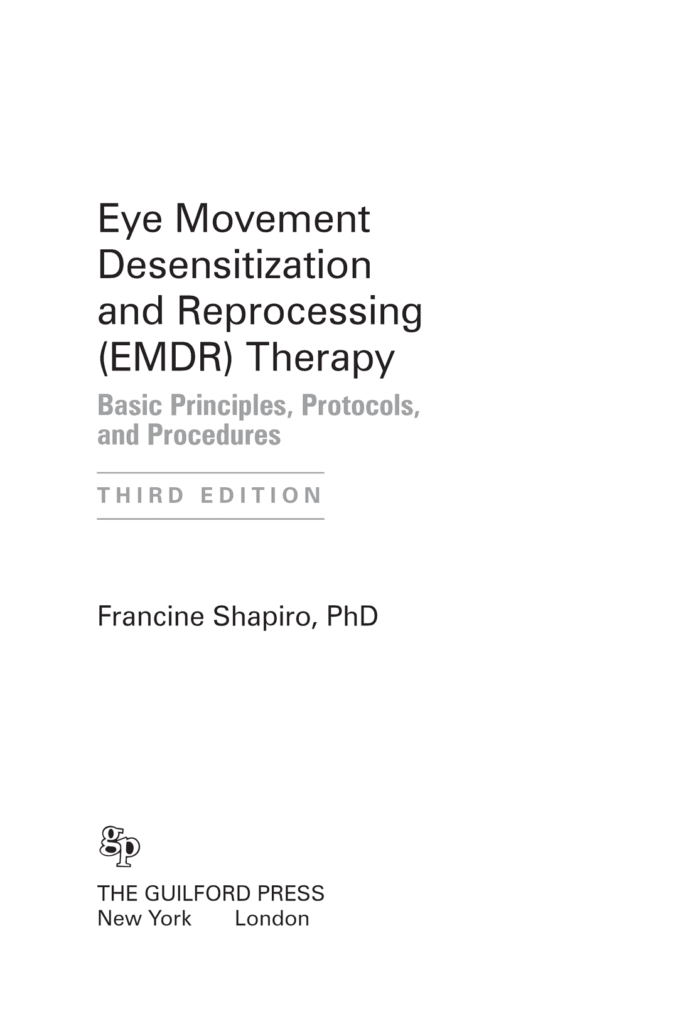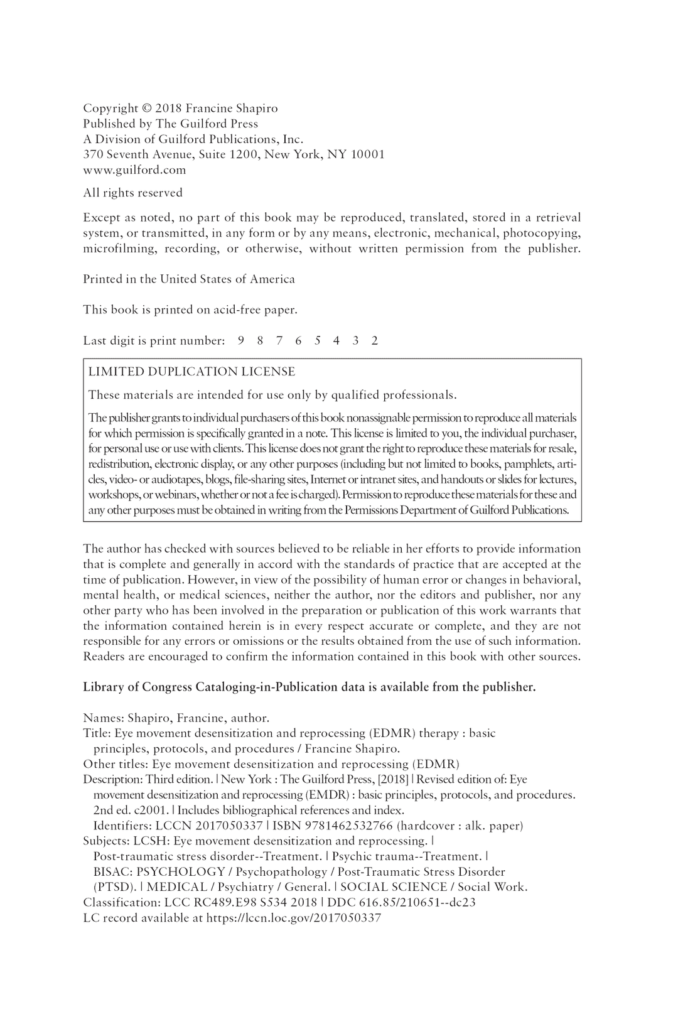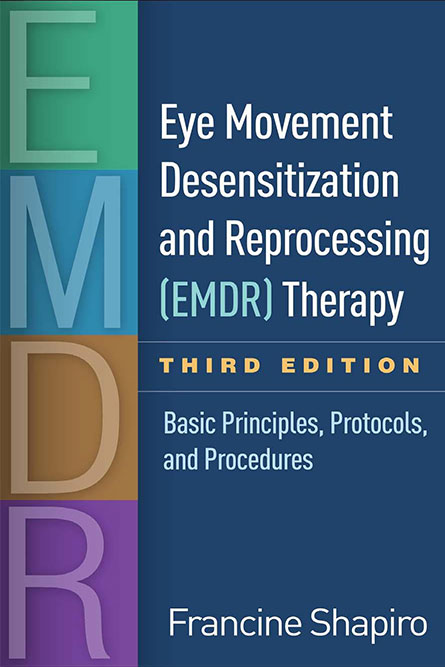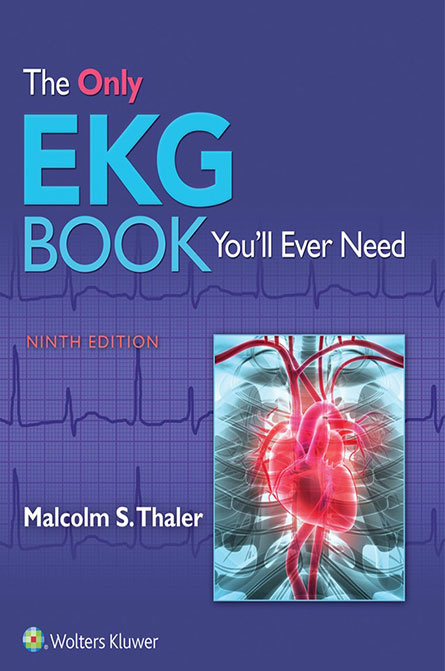Page count: 594 pages Preview: 30 pages



Eye Movement Desensitization and Reprocessing (EMDR) Therapy Third Edition eBook
- Publisher: The Guilford Press
- Author: Francine Shapiro
- Published: November 28, 2017
- ISBN: 9781462532766
- Language: English
- Extension: PDF, EPUB, MOBI
THE PATH OF DISCOVERY
The opportunity to introduce another edition brings to mind again a statement by the early philosopher Heraclitus: “You cannot step twice into the same river, for different and ever different waters flow down.” This edition marks 30 years since I made the initial observation that led to the development of Eye Movement Desensitization and Reprocessing (EMDR) therapy, which is now internationally recognized as an empirically supported treatment for trauma. Since the early days of controversy over the effects of the eye movements, more than 30 randomized studies have verified their effects, and hundreds of published peer-reviewed articles have documented positive treatment effects for a wide range of populations. Given the everchanging nature of health care, life, and thought, it is gratifying to see that most of the book has remained relevant to clinical practice. It has aged well. At the same time, this revision has given me an opportunity to offer the latest theory and research governing EMDR therapy practice, to expand information on the treatment of various populations, and to describe additional procedures and protocols that have proven to be valuable additions to clinical practice. The extensive controlled research on EMDR therapy has been updated, and additional areas of potentially useful investigation are suggested. New appendices include a variety of clinical aids for both the practicing therapist and researcher, including questionnaires, forms, checklists, and treatment transcripts.
It has also been gratifying, over the last 15 years, to witness throughout the professional community practicing EMDR therapy the sustained international commitment to the healing of suffering. In fact, the first edition of this text appeared only a few days after the Oklahoma City bombing. At the request of an FBI agent who had undergone EMDR treatment, volunteers traveled at their own expense to offer assistance to the traumatized community. Those Oklahoma clinicians who had already been trained in EMDR opened their offices and spread word of the opportunity throughout the area. Over the subsequent 4-month period, two to three EMDR clinicians per week traveled to Oklahoma and offered pro bono services to those in need, starting with the traumatized mental health professionals, who then requested services for the frontline providers and survivors. At the end of the 4 months, a pro bono course of training was offered to all licensed mental health professionals in Oklahoma City, enabling them to continue the work. This spontaneous outpouring of service marked the inauguration of the Trauma Recovery/EMDR Humanitarian Assistance Programs (see Appendix F), emphasizing the need to combine scientifically evaluated treatments with heartfelt clinical service worldwide. Additionally, over the last decade, humanitarian projects from numerous local and national EMDR organizations have offered pro bono treatment after natural and human-made disasters. Research has supported the efficacy of the protocols used in these efforts, and they are described in later chapters. Clinicians are urged to learn the procedures and protocols to aid in relief efforts both domestically and internationally. As we join together and expand our efforts in this global commitment, we can truly fulfill our obligation as a profession.
To repeat my statement from the previous edition: We went from Kitty Hawk to the moon in little more than 50 years. Yet despite such monumental technological advances, millions of people suffer unremitting pain, and a cycle of violence continues unchecked worldwide. Surely, as a society, we need to redirect more of our vast resources and pay greater attention to the alleviation of global suffering. Surely we need to change our level of expectations regarding the potential for healing and interpersonal development.






brittany.panetti –
Verified Purchase